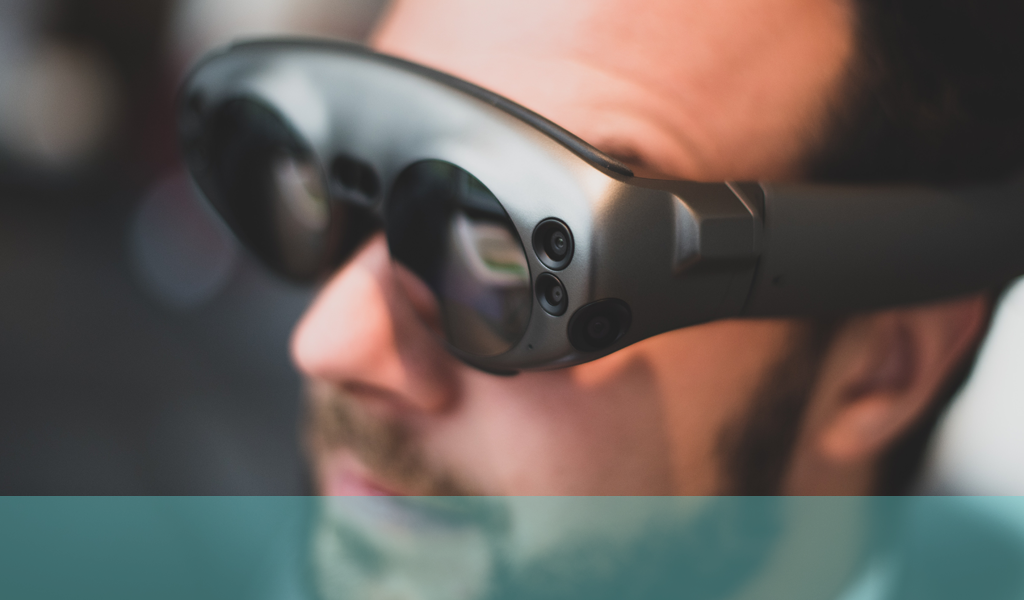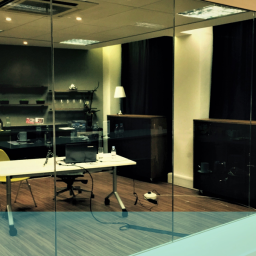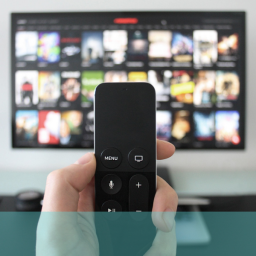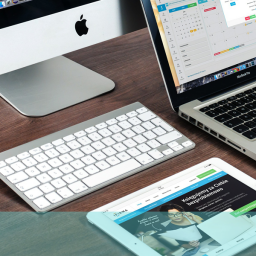
Wearable technology: ergonomics or usability?
Wearable technology looks set to be the next big thing if the likes of Google and others are to be believed. Google have already invested tens of millions in Google Glass and other projects so they are clearly convinced of the potential. But what does this type of innovation mean for everyday life at home and in the workplace? And will usability be the primary (or only factor) in development of the technology?
Ergonomics, ethics or usability?
There are already concerns about this sort of innovation; so much so that Google have set up an Ethics Committee to consider projects like Glass. Other evidence of Google’s concerns in this area is the fact that they set up the original product with limited access to email because of the potentially distractive nature of the facility.
Social usability and wearer comfort
Quite apart from the ethical and social aspects of walking around with a computer on your face there is also the question of whether you can give a task sufficient attention when you have a constant stream of data appearing before your eyes. The myth of effective multi-tasking has already been blown; will this sort of device improve performance or efficiency in any tangible way? Other wearable technology related to work tasks also have to pass the tests of wearer comfort, non-interference with the performance of other duties and transferability between workforce members. Companies are not going to be keen on investing in huge numbers of expensive pieces of kit when several operatives could use the same one.
Usability means adaptability
When considering usability of a wearable computer, adaptability has to be a significant factor in the ergonomic design. Devices that are difficult to put on and keep in position are going to hamper as much as they facilitate and workers will not be happy about using them. Similarly, ones that aren’t easily adjustable will be uncomfortable or impractical for a percentage of users and kit that is bulky, obtrusive or difficult to manipulate won’t be practical in many environments.
Interface usability
Continuing this line of thought, the actual user interface is also immensely important in defining usability. Keyboards need to be easily operable, large enough to be manipulated even with, in some instances, gloves on the hand. Displays should be legible in different types of environment and the display screen might need to be adjustable so it can be viewed from different angles and positions. These will be key areas to evaluate in usability testing.
Usability and Fashion
At the moment possession of wearable technology is probably as much about fashion, being at the leading edge or just loving the technology. Google Glass sells at $1500 and only 8,000 have been made so far, so it is not for everyone and some of these issues won’t become important for some time. But ethical, ergonomic and social aspects of wearable technology will need to be addressed and its development will present significant challenges as well as opportunities.
To keep on top of this – and other – web usability topics why not get in touch on 08000 246 247. Or contact us today!

















